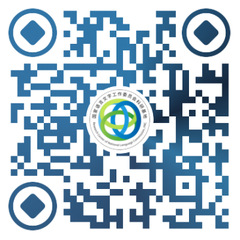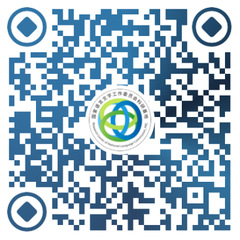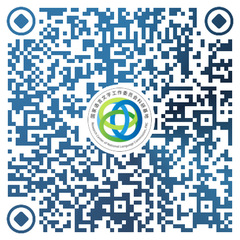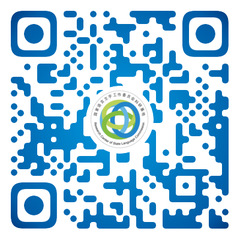DAVID QUINTO-POZOS
Abstract
This work concerns structural outcomes of contact between Mexican Sign Language (LSM) and American Sign Language (ASL). A brief description of the social environment that leads to contact between LSM and ASL along the U.S.–Mexico border is provided, and two claims are advanced: (i) Contact between sign languages can exhibit characteristics of contact between spoken languages (e.g., interference), but there are also unique features of signed-language contact due to the ability to produce elements from a signed and spoken language simultaneously; and (ii) examples of interference from one sign language in the production of the other are sometimes systematic and predictable based on the signer's linguistic background, but cases of lack of interference also provide evidence that some signers are able to employ subtle articulatory differences, either consciously or not, when producing signs from the sign language that was learned after they acquired their first sign language.
Key Words: language contact; interference; foreign accent; static; dynamic; border studies.







